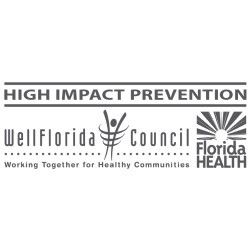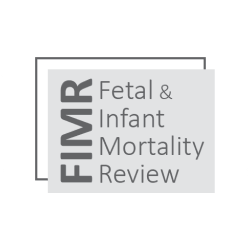Men at higher risk for prostate cancer should be well informed about screening and treatment options
WellFlorida News Release
GAINESVILLE, Fla. (Feb. 29, 2012)—Prostate cancer is the second leading cause of cancer deaths among men. The presence of risk factors in men should guide screening and treatment options, according to Dr. Johannes Vieweg, MD, of the University of Florida Department of Urology and Prostate Disease Center.
As guest speaker at The North Central Florida Cancer Control Collaborative (NCFCCC) 2012 Kickoff, Vieweg presented current screening recommendations and advocated for a risk‐based treatment approach for patients diagnosed with the disease. The NCFCCC 2012 Kickoff took place on Feb. 29, 2012 at the Haven Hospice E.T. York Care Center in Gainesville.
Risk factors for prostate cancer are age, race/ethnicity and family history of the disease. Up to 63% of all prostate cancer cases are diagnosed in men over 65 years old. Men have a higher chance of getting the disease if they are 50 years old or older, are African American, or have a father, brother or son who has prostate cancer. Other risk factors include diet and level of physical activity.
Two tests are commonly used to screen for prostate cancer—the prostate specific antigen (PSA) test and the digital rectal exam (DRE). The PSA test measures the level of PSA in the blood, a substance made by the prostate and which may be higher in men who have prostate cancer. A DRE is when a doctor or nurse checks the size and shape of the prostate. Follow‐up tests typically include biopsies.
“Although PSA and DRE‐based testing is not always able to detect or diagnose prostate cancer, at this point, both tests still remain the accepted gold standard for determining the risk of harboring prostate cancer in an individual”, said Vieweg. “The TRUS‐guided needle biopsy is the most reliable method to diagnose prostate cancer and aid in risk assessment and therapy.”
Screening for prostate cancer is controversial because of the cost, uncertain long‐term benefits to the patient and potential risks. Risks include false positive test results (the test says you have cancer when you do not), treating prostate cancer that may never affect your health, and side effects from prostate
cancer treatment, according to the Centers for Disease Control and Prevention.
The potential benefit of screening is that prostate cancer will be found early, when treatment may be more effective.
“Due to PSA testing, approximately 90% of all prostate cancers are currently diagnosed at an early stage, and, consequently, men are surviving longer after diagnosis,” said Dr. Vieweg.
According to the National Comprehensive Cancer Network, men at high risk of developing prostate cancer should start being screened in their 40s while regular screenings should start at age 50. The American Urological Association recommends the PSA test be offered to well‐informed men aged 40 years or older who have a life expectancy of at least 10 years.
“The presence of risk factors, age, patient preference and pathologic features of the biopsy should guide treatment recommendations,” said Vieweg.
NCFCCC is a community‐based collaboration administered by WellFlorida Council. The purpose of NCFCCC is to improve access to cancer care and reduce the burden of cancer in North Central Florida. For more information, please visit www.ncfcancercontrol.org or call Lindsey Redding at 352‐313‐6500
ext.105.
To read this article: Men at higher risk for prostate cancer should be well informed about screening and treatment options
Back to News page












